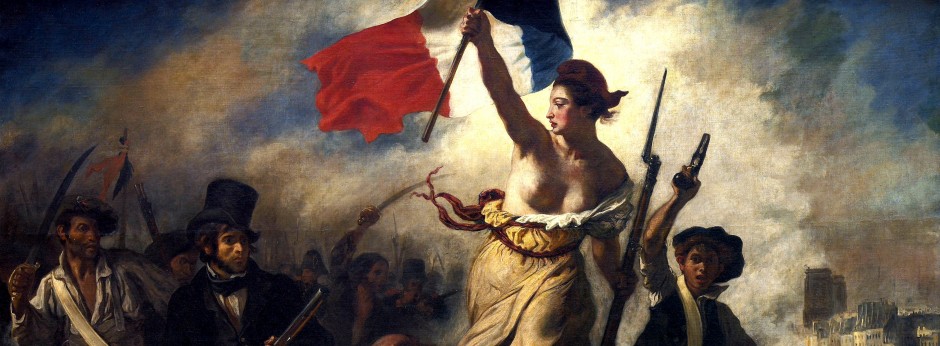When something as terrible and emotional occurs, such as the attacks in Brussels last Tuesday, it’s easy to overlook long term implications and just focus on the ongoing tragedy. But doing so ultimately allows these subtle but pivotal effects to go unchecked, resulting in a disaster just as awful and even more preventable.
Here’s what happened in Brussels: At 8am local time on Tuesday (3am Eastern time) two explosions went off at Brussels airport, one caused by a suicide bomber and the other by an unstable bomb left behind when another terrorist fled the scene. Collectively they killed around ten people. About an hour later, an explosion at the Maelbeek subway station, not far from the European Union’s core institutions, killed approximately 20 more (Shannon). Collectively there were about 300 people injured, half of which needed to be hospitalized with many put in intensive care. ISIS has claimed responsibility for both bombings (BBC News).
This is without doubt a great tragedy. But the carnage will not stop at Brussels. As Ammar Al Saker, a 21-year old refugee who saw the news on his cell phone from the middle of a Greek refugee camp told his friends, “God knows what will happen tomorrow… For us it will get worse” (Shuster).
Europe and Turkey have been experiencing huge waves of refugees, with some countries being more accepting than others. But after the Paris attacks in November, this pathway began to close. Even Greece, who has been one of the more welcoming countries to date, closed its borders to all refugees with ethnicities other than Syrian, Iraqi, or Afghan. This excludes all African refugees escaping crimes against humanity, who have made an even longer and more dangerous trek to Europe than the Syrians. The bottleneck has caused thousands of refugees to convene in squalid camps at Idomeni, sleeping in tents and unable to get the supplies or care they desperately need (Shuster).
To many refugees who consider themselves victims of terror as well, this backlash is perverse. After all, nearly all of the perpetrators of the Paris attacks, including the mastermind Salah Abdeslam, had been born in the European Union, and had passports which would allow them to move more freely than any immigrant or refugee ever could (Shuster). Abdeslam was finally imprisoned in Brussels about a week before the attacks, but its reasoned he was likely behind those as well (Bothello, Krever, and Shoichet).
Not all Europeans feel the same way about blocking refugees. It’s become a prominent political issue across the continent, with left-leaning parties calling for more acceptance and to put a stop to the “racist” rhetoric and restrictions of the right-wing parties. These restrictions, like what we’ve seen in Greece, are often based on ethnicity, with an increasing focus on blocking Muslims (Shuster). So other than being closer to the action, it’s really not too different from American politics.
A few days after the attack on Brussels, angry right-wing protesters took to the streets in an “anti-terror” raid. Ironically this raid took the local police’s attention off of searching for the suspects and created an even more chaotic atmosphere in an already shaken city. I feel this raid is a great metaphor for the effect of ethnic fear and restrictions sweeping Europe. It doesn’t help anyone, least of all the victims of these acts of terror, and instead polarizes the situation, breeding hate and chaos during a time when we all need to be standing together as one to defeat a common enemy. Blocking refugees doesn’t make us less safe, it makes us less human.
Bothello, Krever, and Shoichet. “6 Detained in Raids in Belgium.” CNN. Cable News Network, 25 March 2016. Web. 28 March 2016.
“Brussels Attacks: Two Brothers Behind Belgium Bombing.” BBC News. BBC 23 March 2016. Web. 28 March 2016.
Shannon, Victoria. “Brussels Attacks: What We Know and Don’t Know.” The New York Times. The New York Times Company, 22 March 2016. Web. 28 March 2016.
Shuster, Simon. “Refugees Could Be the Next Victim of Brussels the Attack.” Time. Time Inc., 22 March 2016. Web. 28 March 2016.
